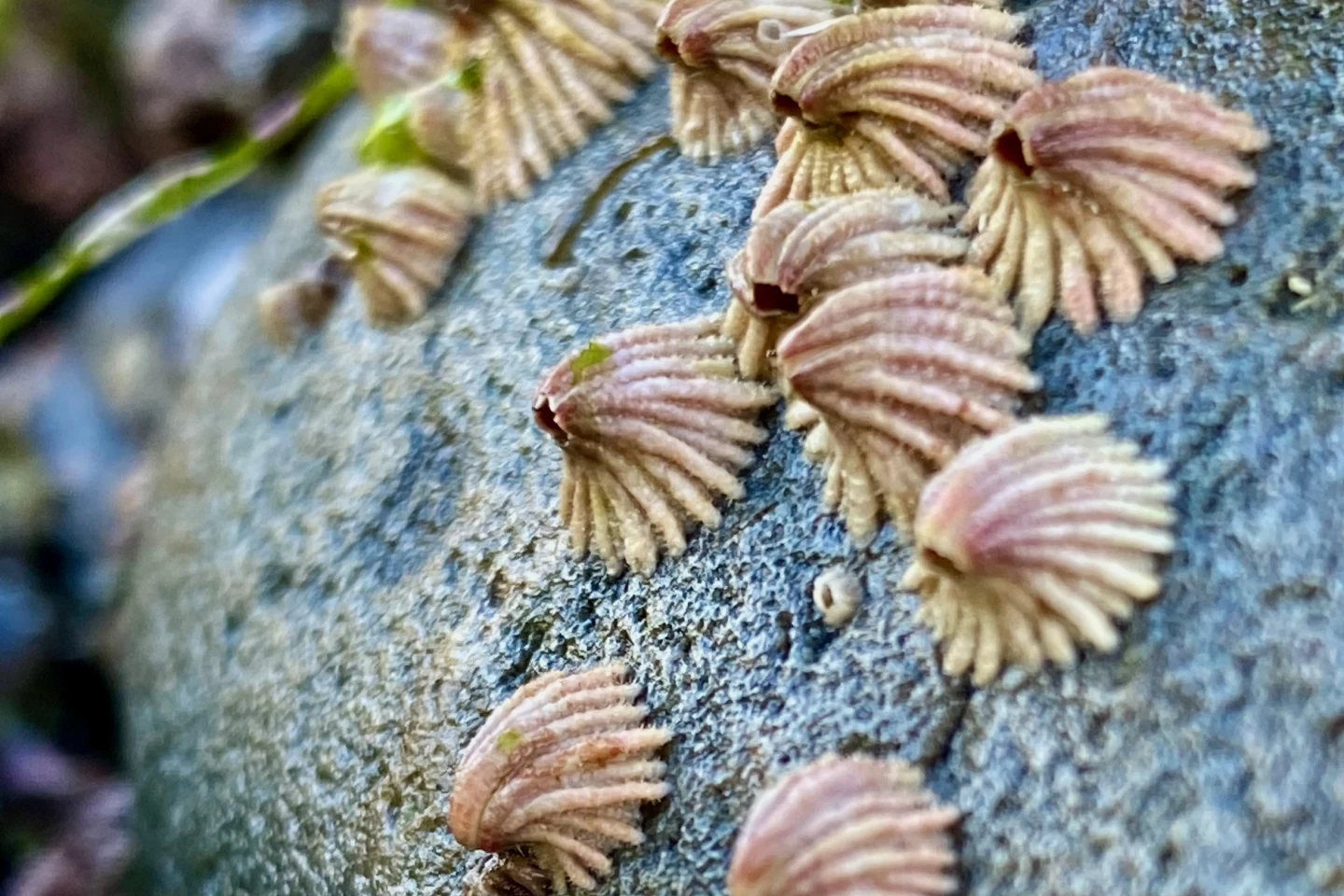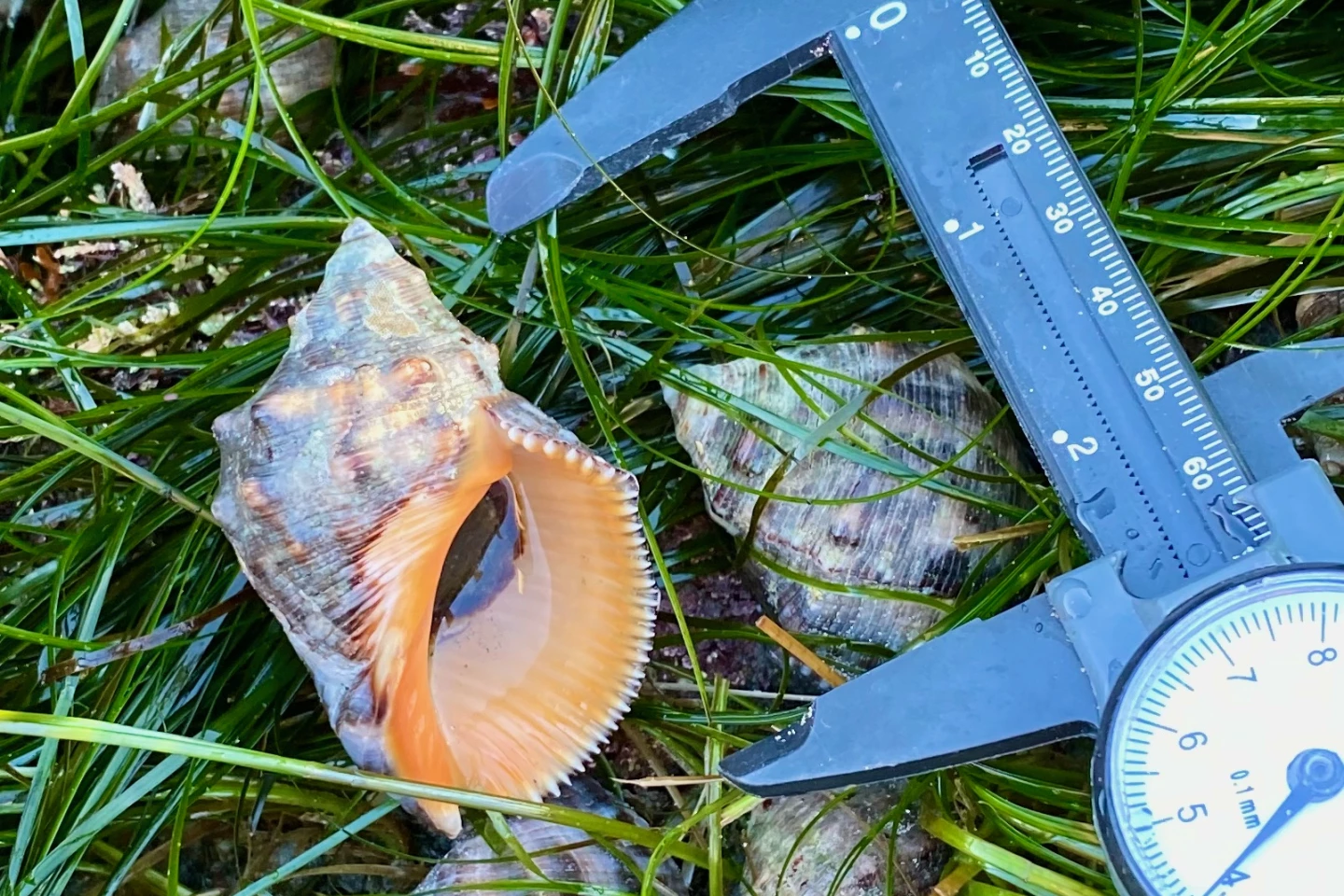If an enemy you were previously safe from turned up in your neighborhood, what would you do? That's a problem currently being faced by barnacles in northern Mexico, which are growing sideways to thwart invasive predatory snails.
Ordinarily, the Tetraclita rubescens barnacle has a roughly symmetrical conical shell that resembles a miniature volcano, just like most other barnacles.
However, after reviewing over 1,000 barnacle photos taken at 30 sites along the Pacific coast of North America (between 2017 and 2022), scientists from Britain's University of Southampton noticed that T. rubescens at some locations were taking on a bent shape.
The only place where these "bent morphs" were common was along the coast of Mexico's Baja California peninsula. Thanks to the water-warming effect of climate change, at least three species of large predatory tropical snails – which were previously confined to more southerly locations – are now expanding their range into that area.
This is just one example of a global phenomenon known as "tropicalisation."

After conducting field observations, the scientists deduced that the bent shape obscured an opening in the barnacles' shells, making it much more difficult for the snails to prey upon them. This theory is bolstered by the fact that while bent morphs make up 29% of the T. rubescens population along the peninsula, they are completely absent from cooler northern locations such as California, which the tropical snails have not yet reached.
That said, barnacles in those locations do have to contend with native predatory snails. So why are they still conical?
"We know that T. rubescens are preyed upon by cold-water sea snails, but these snails are smaller than their warm-water relatives and might prefer to prey on other barnacle species which pose less of a challenge," said U Southampton researcher Karolina Zarzyczny. "The bent shape could also be a less effective defense against cold-water predators, who attack their prey differently. Finally, more northerly populations in California may not have the genetic capacity to produce bent morphs, but this has yet to be determined."

Indeed, taking on the adapted shell shape does need to have a big payoff, as it comes at a price – it was found that bent morphs grow slower than their conical counterparts, plus they have a lower rate of reproduction.
A paper on the study, which was led by Assoc. Prof. Phillip Fenberg, was recently published in the Journal of Biogeography.
Source: University of Southampton via EurekAlert







